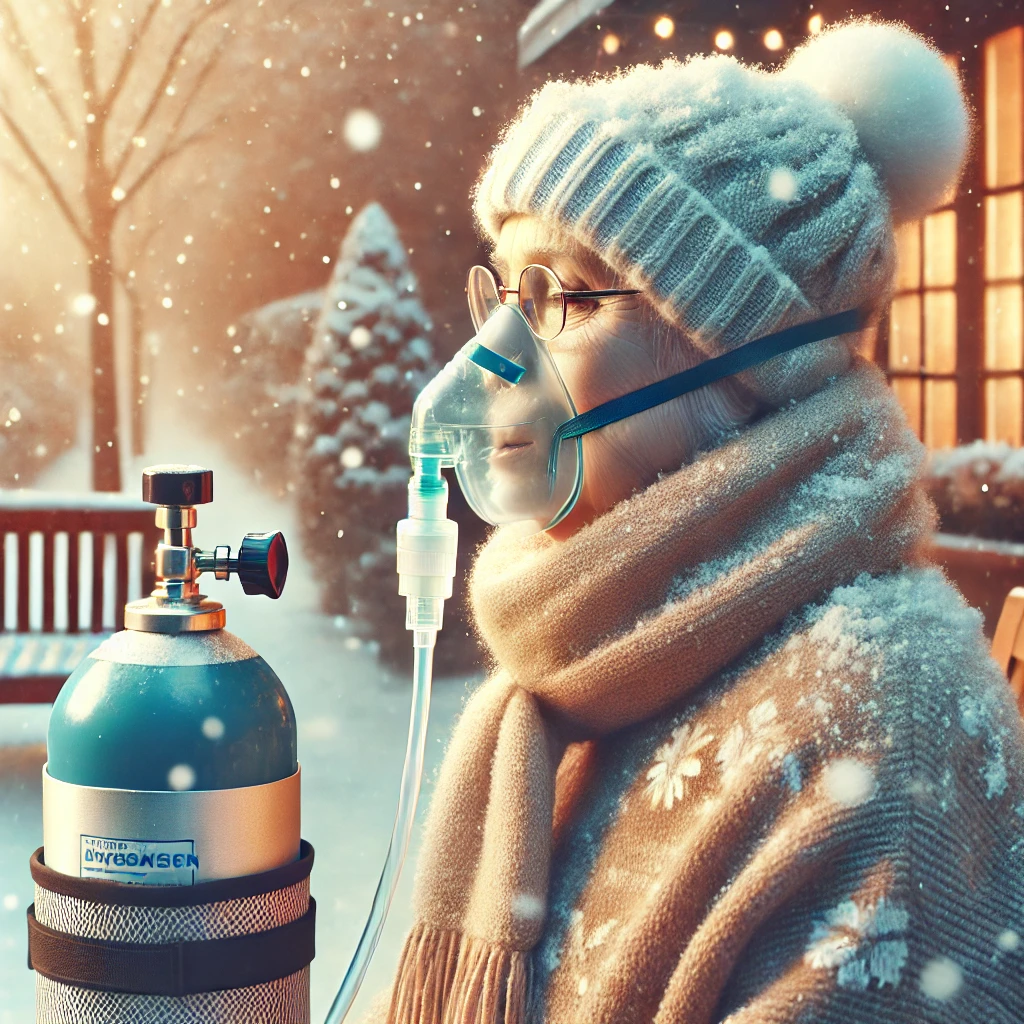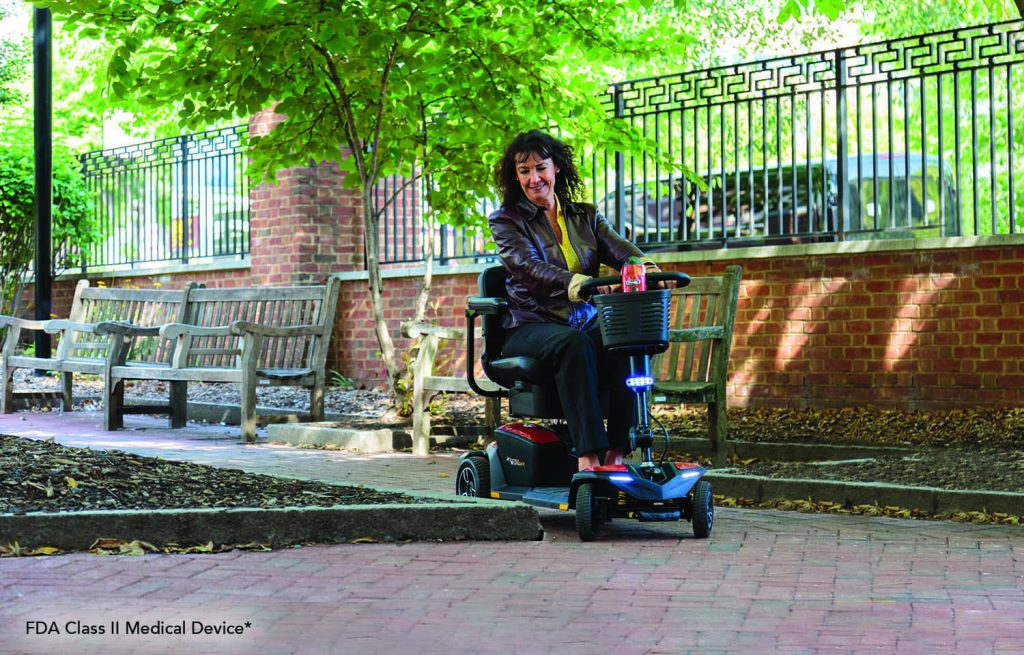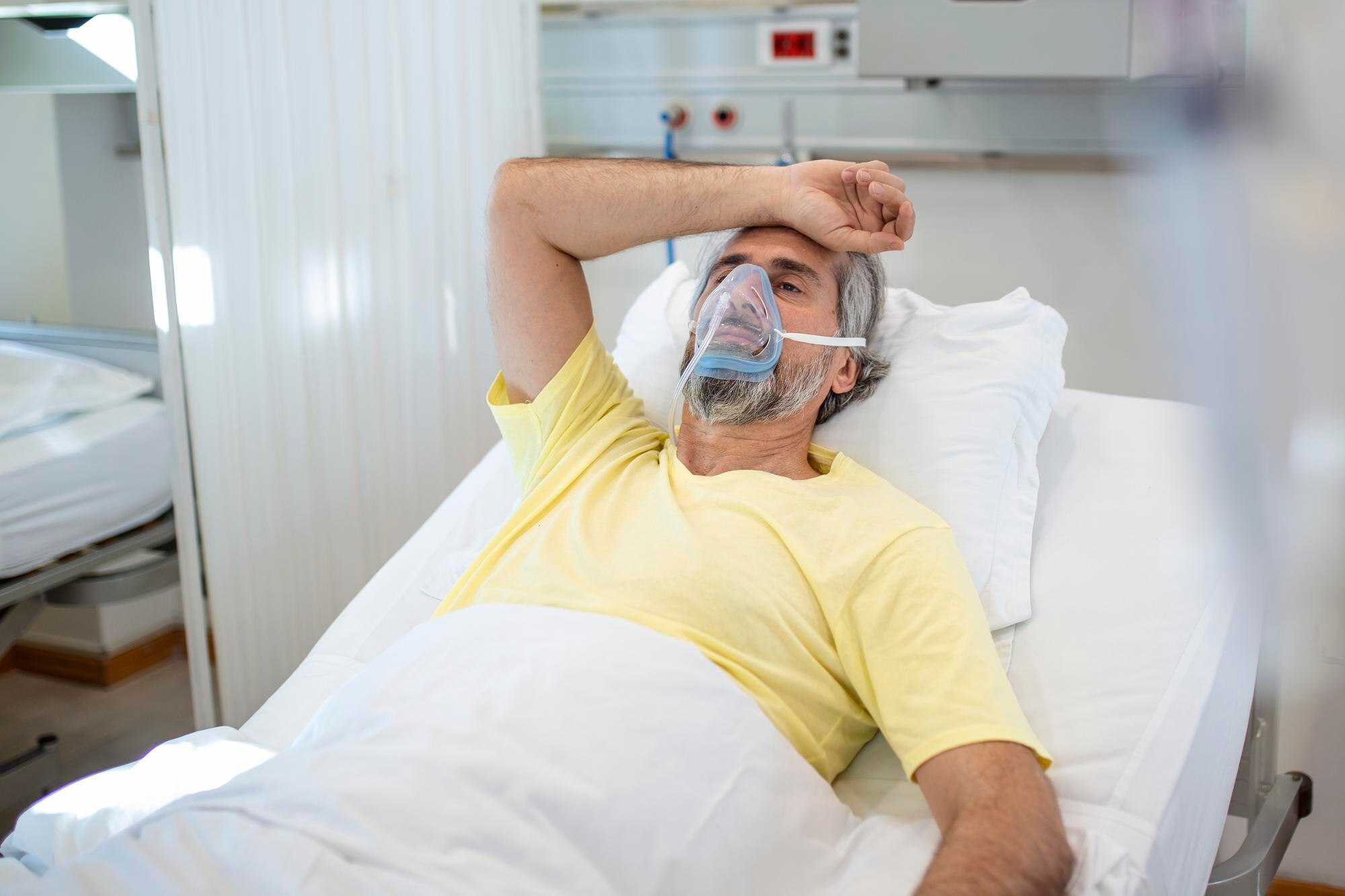Winter weather can pose unique challenges for individuals using oxygen therapy. From freezing temperatures to dry indoor air, the season can affect both the functionality of your equipment and your respiratory health.
As a certified respiratory therapist, I’ve worked with many patients to navigate these winter-specific concerns while staying safe and comfortable. In this guide, I’ll share practical tips for managing oxygen therapy during the colder months, ensuring your health and equipment are protected.
1. Protect Your Oxygen Equipment from Freezing Temperatures
Cold weather can impact the performance of your oxygen equipment, especially portable oxygen concentrators (POCs) and tanks.
Tips for Equipment Care in Cold Weather:
- Avoid Storing Equipment Outdoors: Keep your oxygen tanks and concentrators in a temperature-controlled environment.
- Use Insulated Covers: Insulated covers for oxygen tanks help protect them from freezing temperatures while outdoors.
- Warm Up the Tubing: Cold tubing can become stiff, so store it indoors and allow it to warm to room temperature before use.
What to Avoid:
Never place your oxygen equipment near open flames, heaters, or other heat sources to prevent fire hazards.
2. Stay Hydrated to Combat Dry Winter Air
Cold air is often dry, which can irritate your respiratory system and make it harder to breathe. Oxygen therapy, particularly with higher flow rates, can exacerbate dryness.
Tips to Stay Hydrated:
- Get Vaccinated: Stay up to date on flu and pneumonia vaccines.
- Wash Hands Frequently: Use soap and water or hand sanitizer to reduce the risk of infection.
- Avoid Crowded Spaces: Limit exposure to sick individuals and crowded indoor areas.
FAQs
1. Can oxygen tanks freeze in winter?
While the oxygen itself doesn’t freeze, the tank and tubing can be affected by extreme cold, potentially compromising performance. Insulated covers and proper storage can help.
2. Should I increase my oxygen flow rate during winter?
Only adjust your flow rate under the guidance of your healthcare provider. Cold air can increase oxygen demand, but adjustments should be made carefully.
3. How can I prevent dryness from my oxygen therapy?
Use a humidifier bottle, stay hydrated, and apply saline spray to keep your airways moist.
4. What should I do if my oxygen concentrator stops working during a power outage?
Switch to backup oxygen tanks or a battery-powered concentrator. Notify your utility company and seek shelter in a location with power if necessary.
5. Can I wear a scarf over my oxygen tubing?
Yes! Wrapping a scarf or mask loosely over your nose and mouth can warm the air you breathe without obstructing your oxygen flow.
Conclusion: Stay Safe and Comfortable This Winter
Winter weather presents unique challenges for those using oxygen therapy, but with proper preparation and care, you can navigate the season safely and comfortably. By protecting your equipment, staying hydrated, and planning for emergencies, you can maintain your health and independence all winter long.
Remember, your healthcare provider is your best resource for managing oxygen therapy in any season. Stay proactive, and enjoy the peace of mind that comes with being prepared.
- Use a Humidifier: Prevent dry air caused by indoor heating.
- Avoid Irritants: Steer clear of smoke, strong cleaning chemicals, and other irritants that can aggravate your lungs.
- Maintain a Comfortable Temperature: Keep your home warm but not overly hot, as excessive heat can dry out the air.






